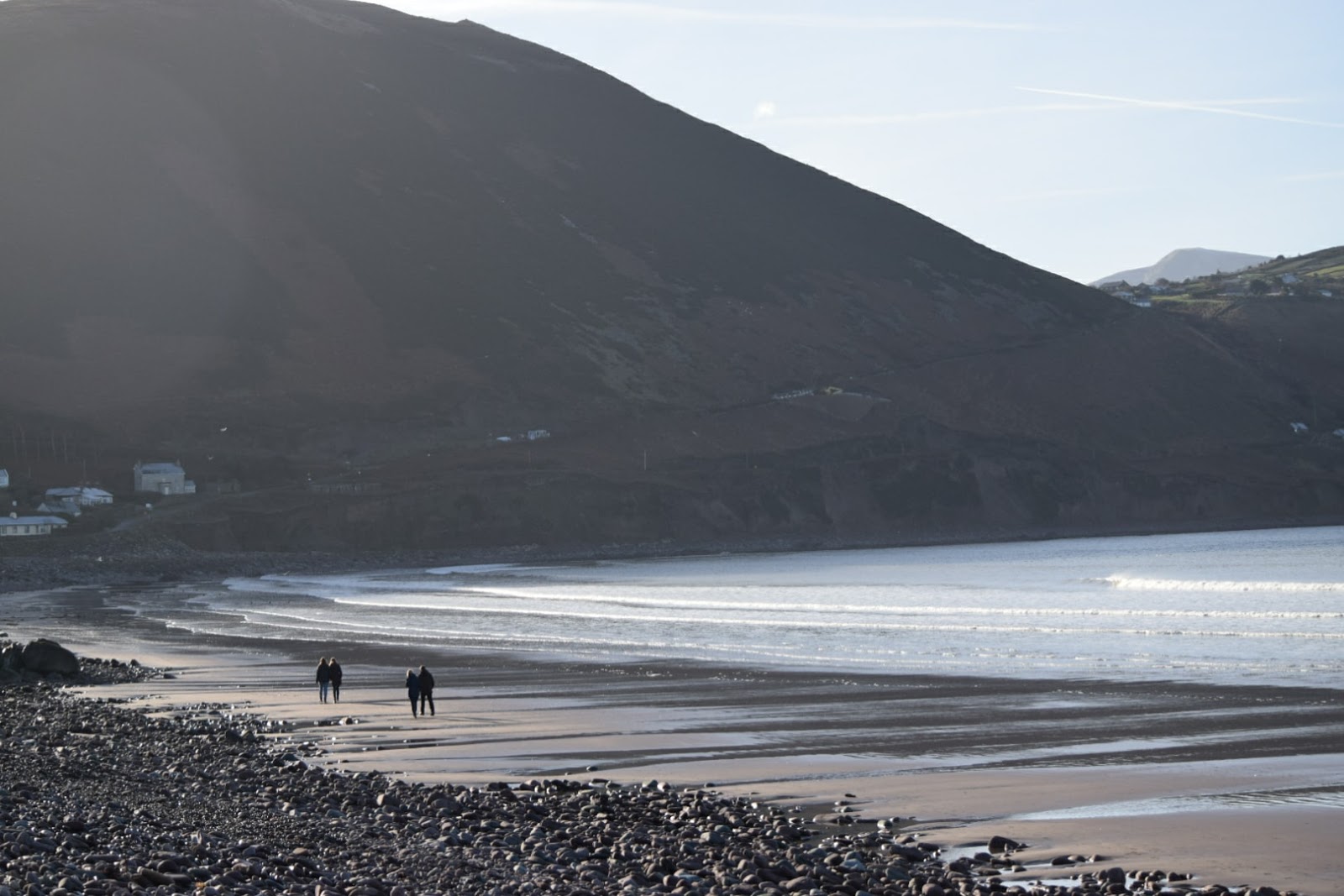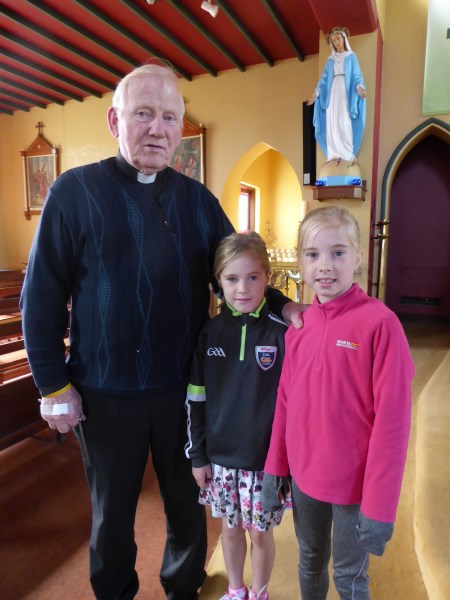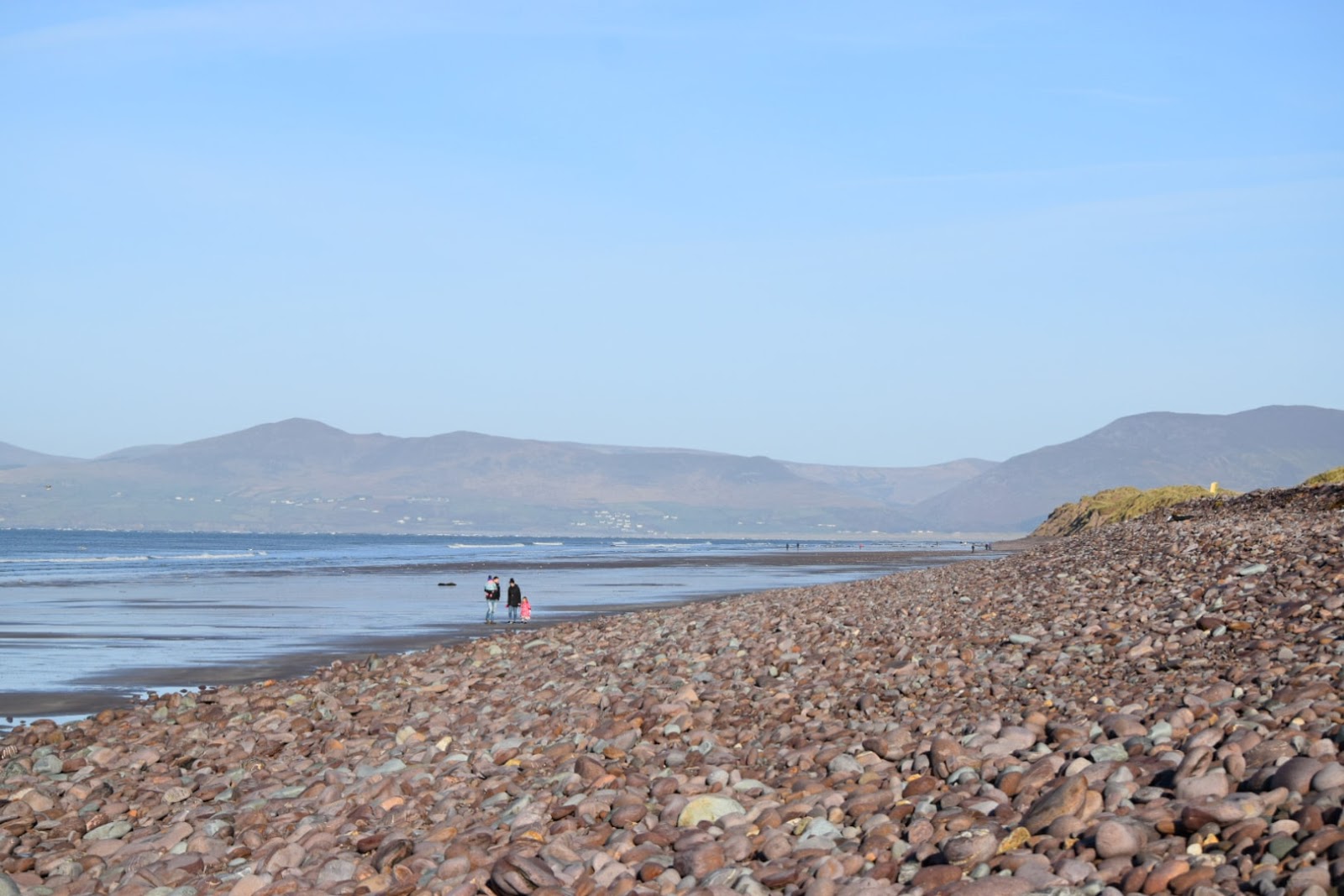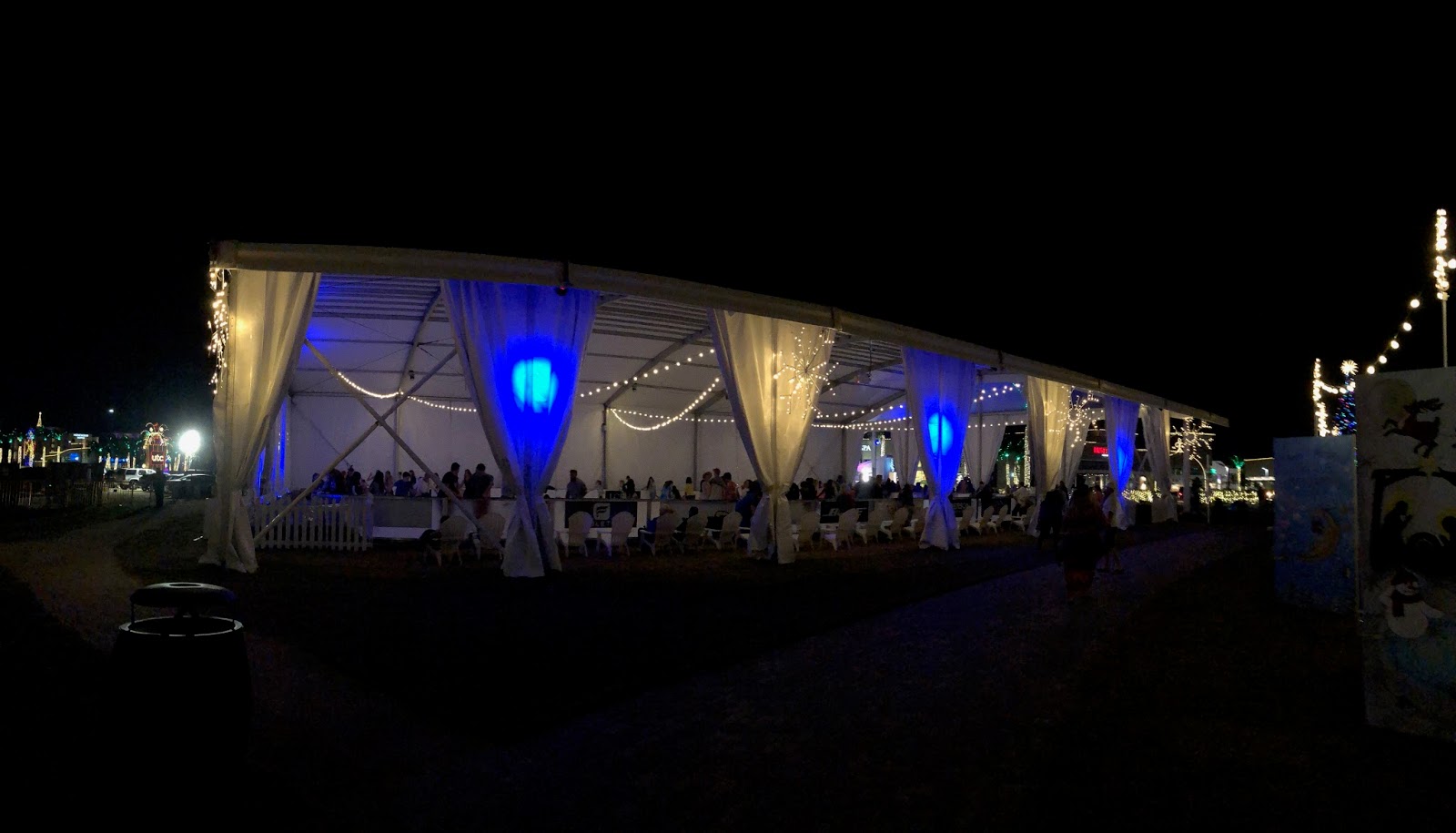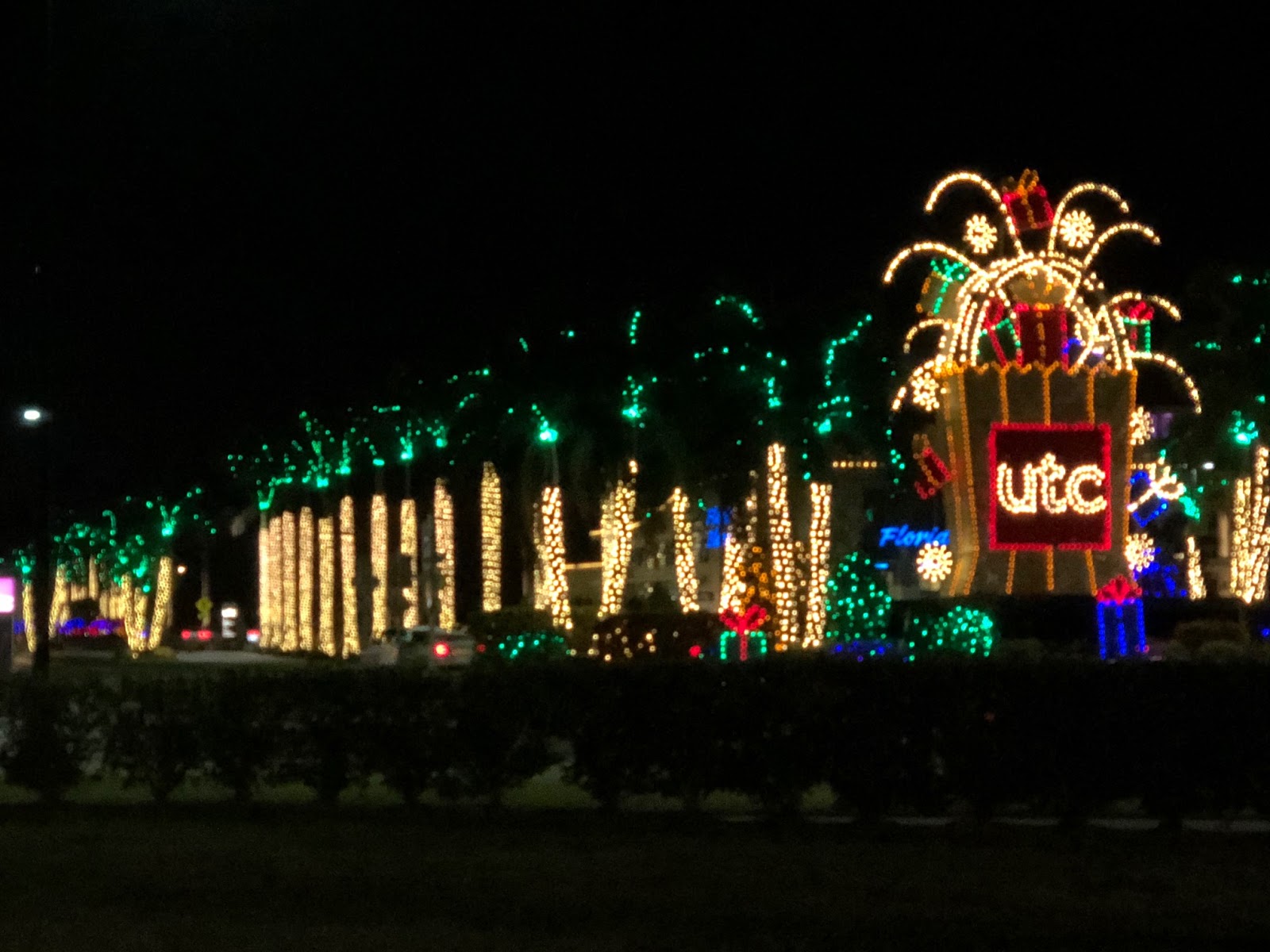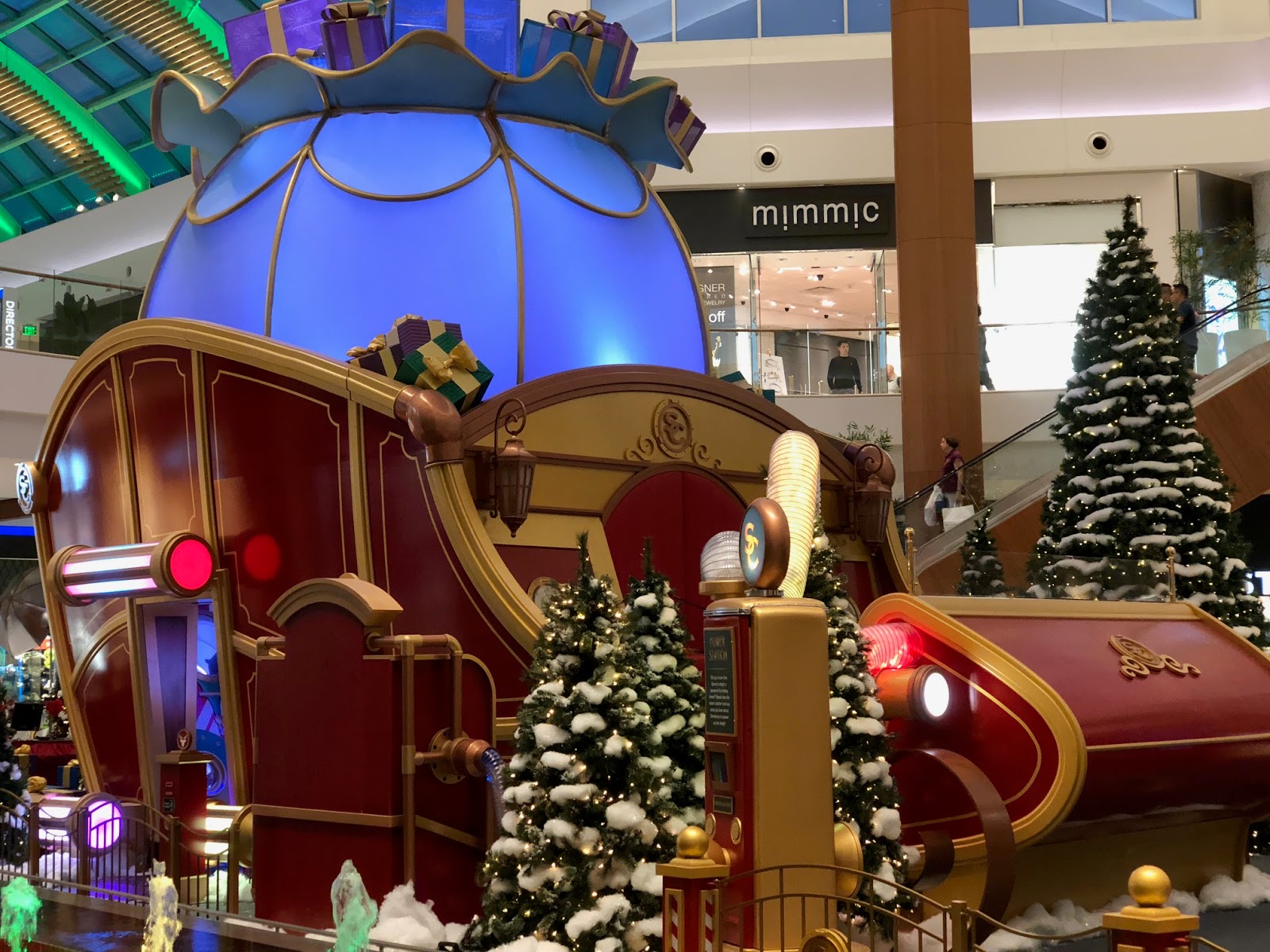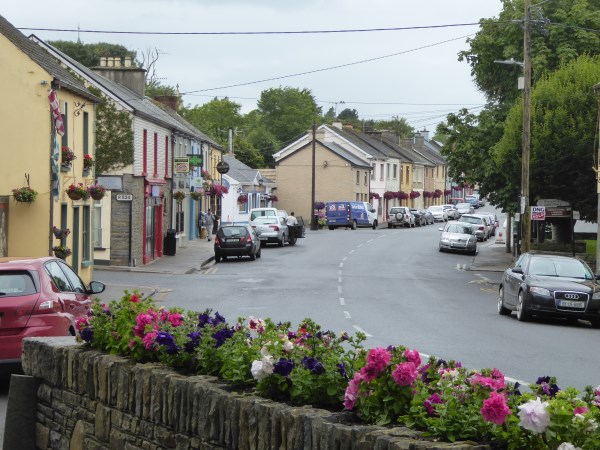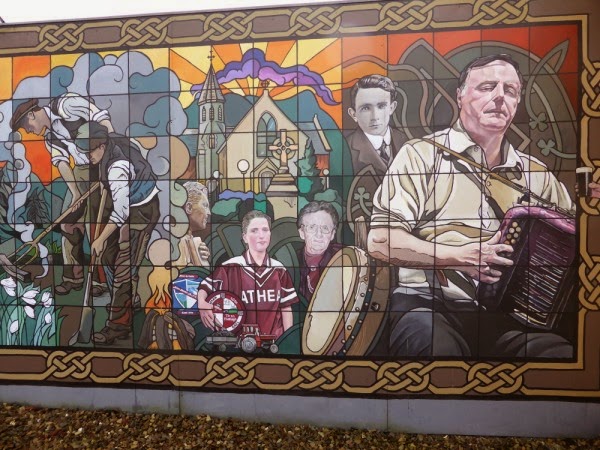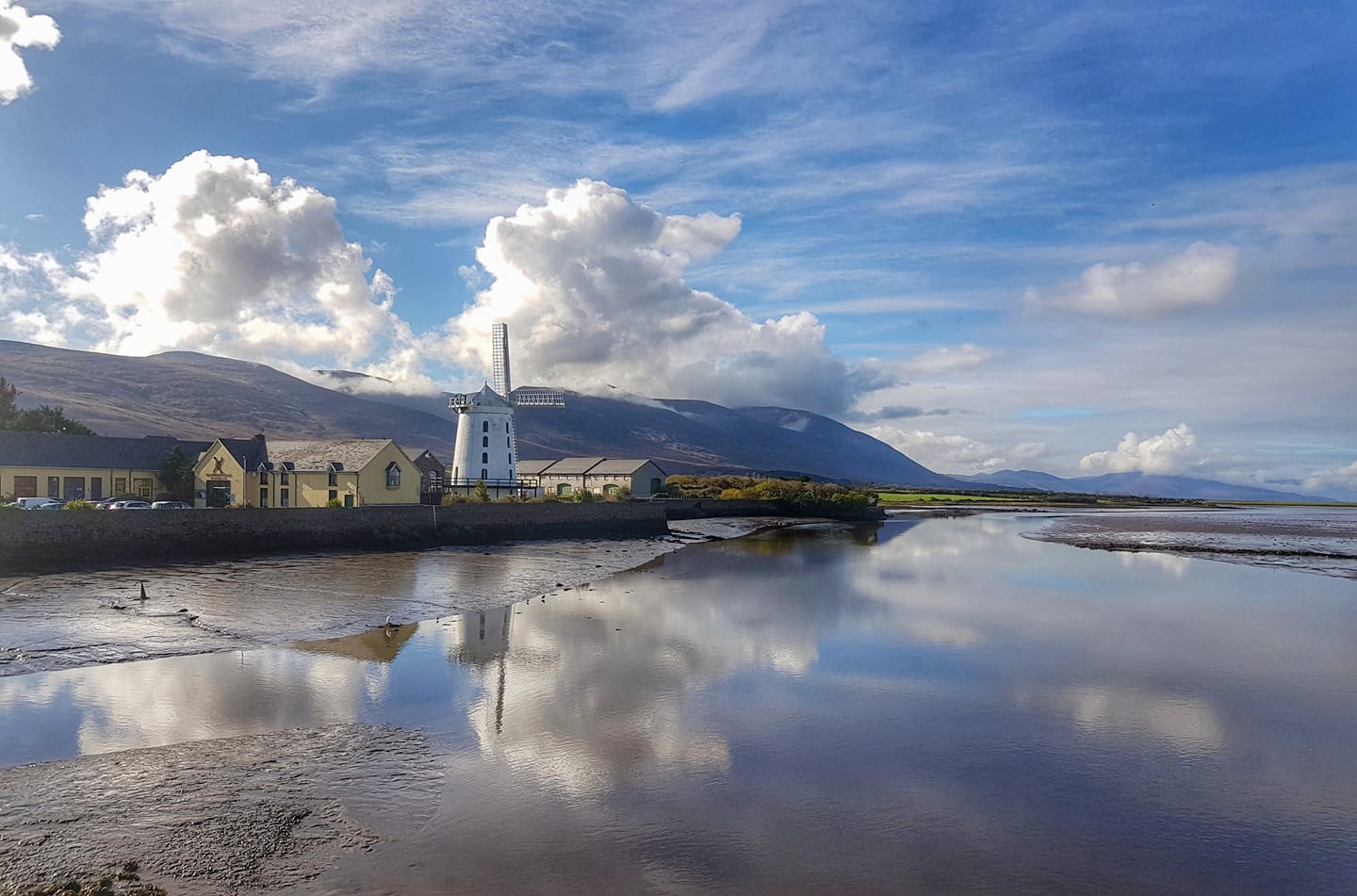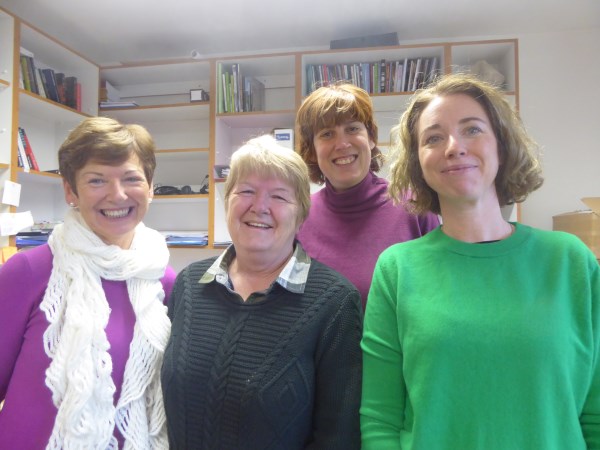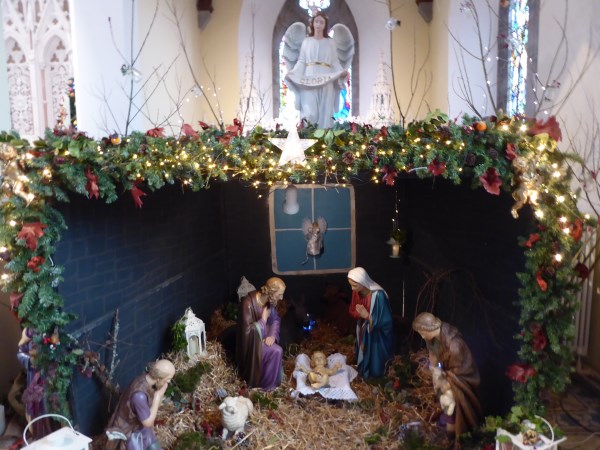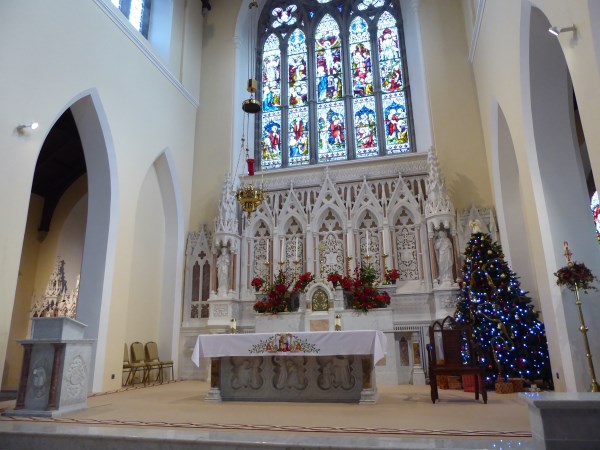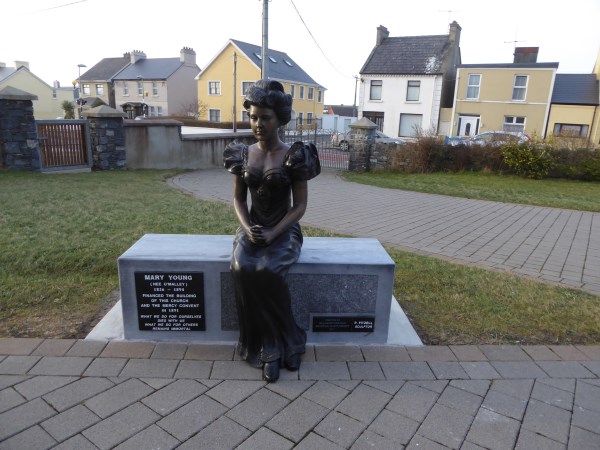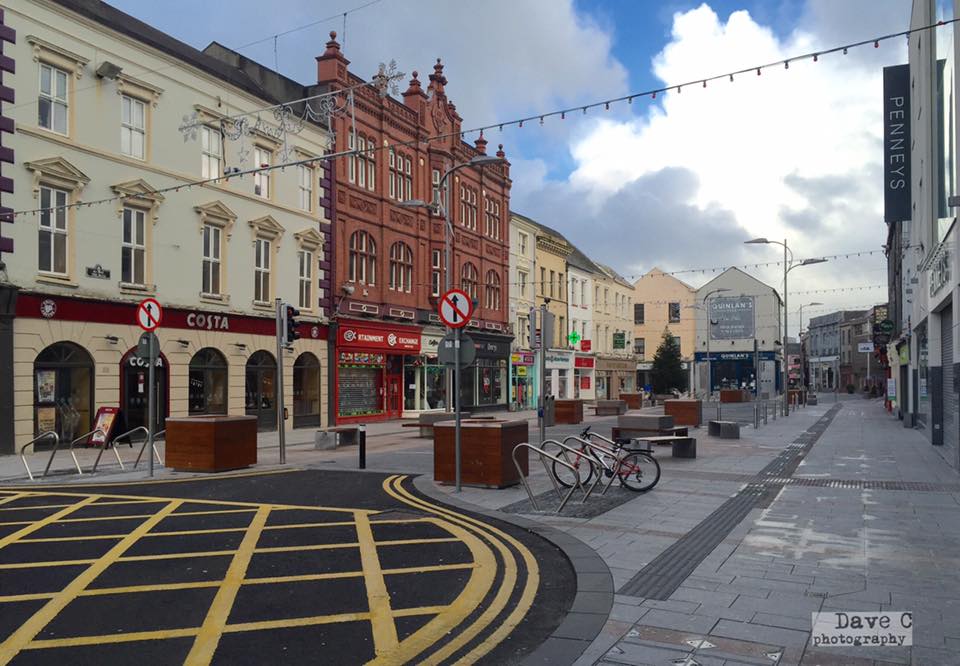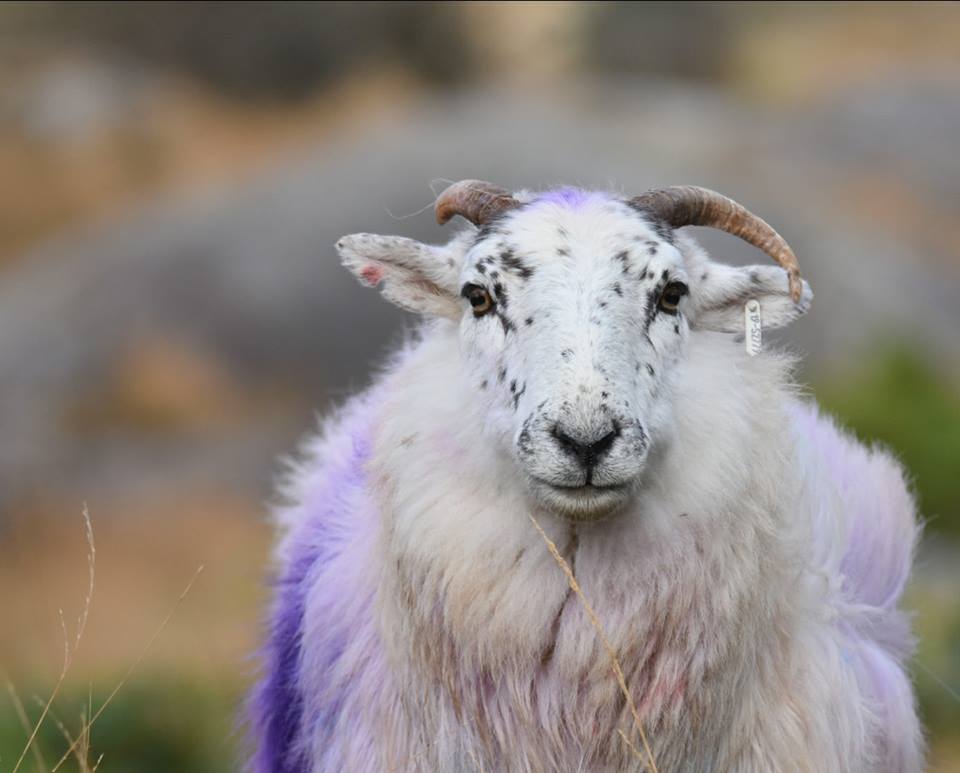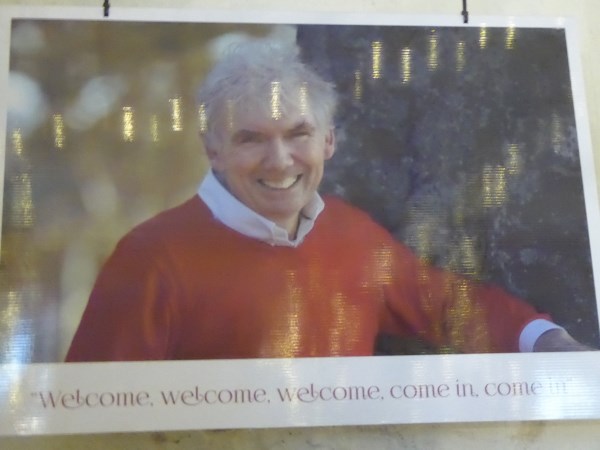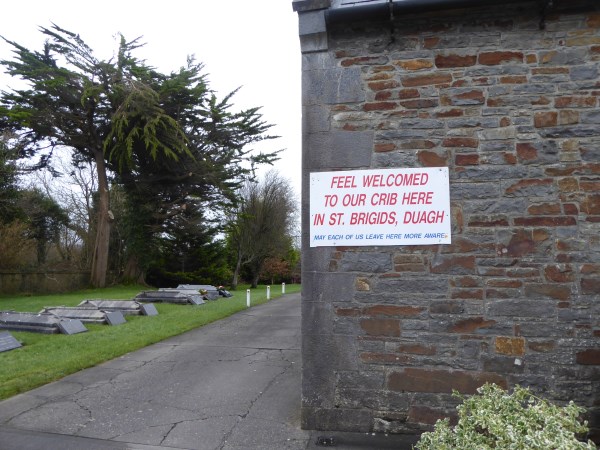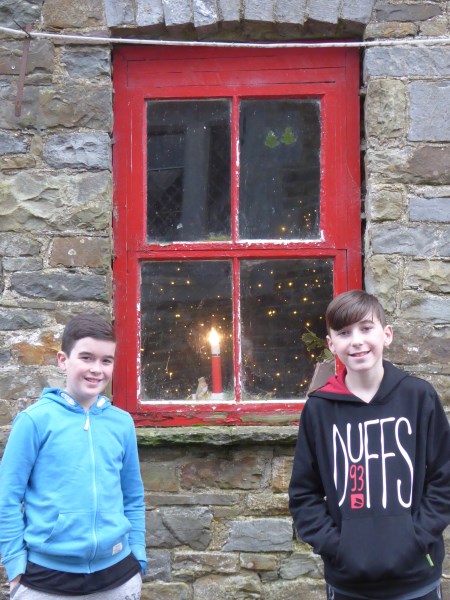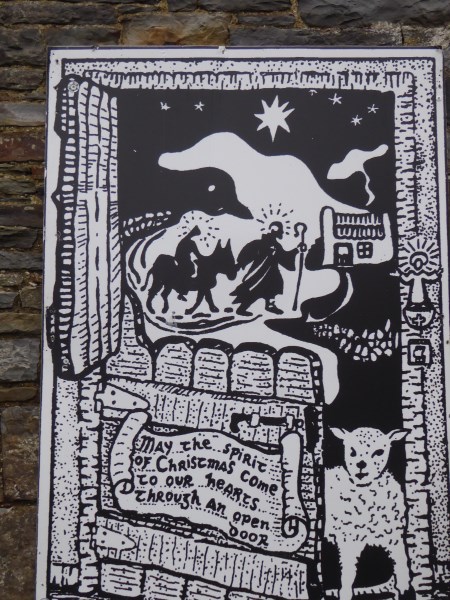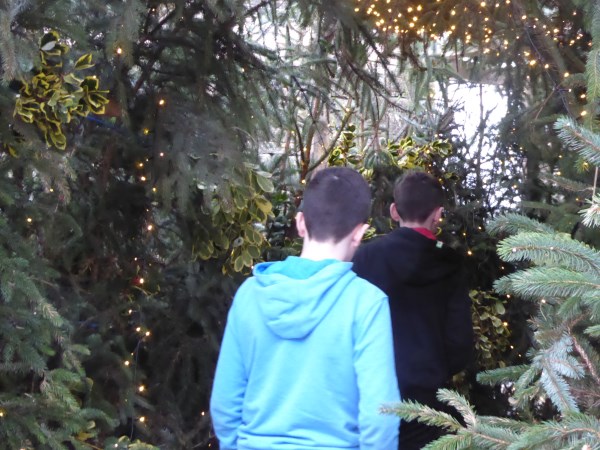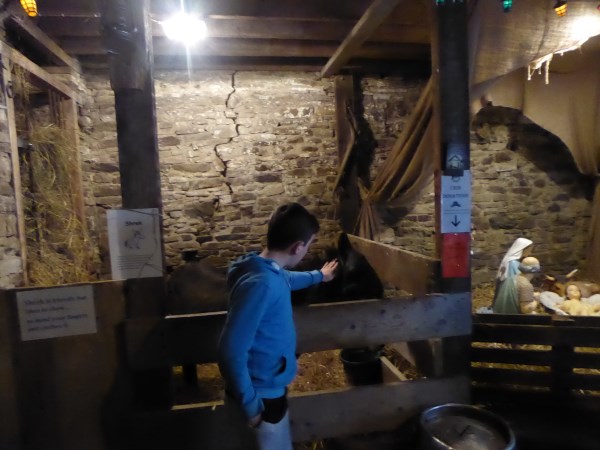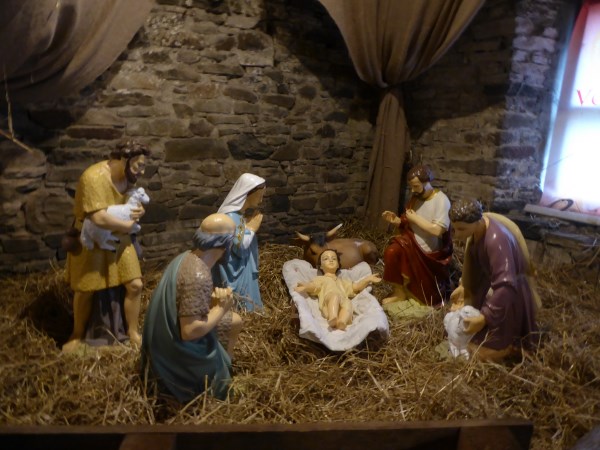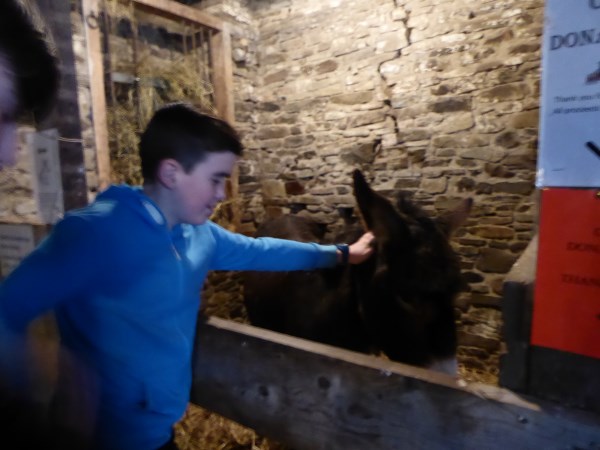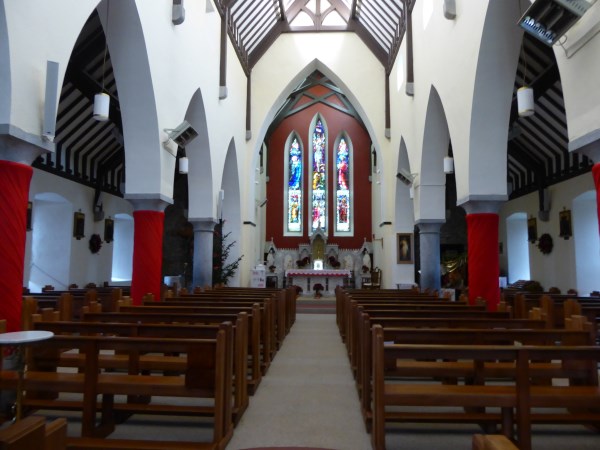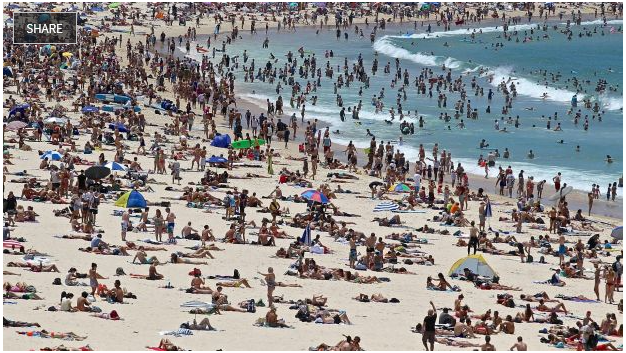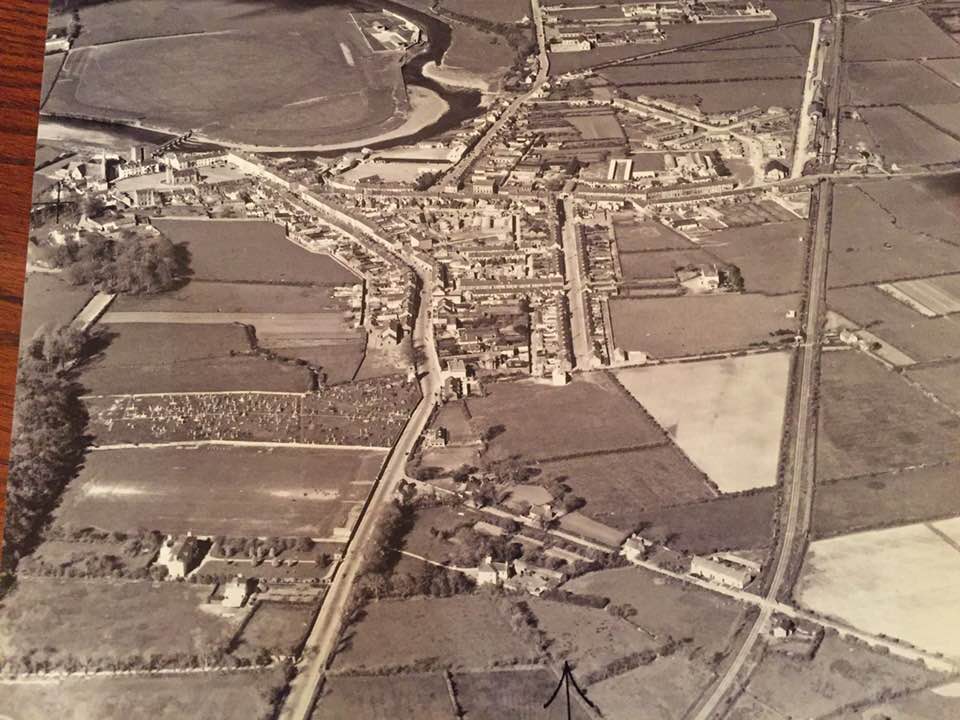Godwits at Blennerville in November 2017

Photo by Chris Grayson
<<<<<<<<<
Knitwits in Scribes
Brigita Formaliene, the new proprietor of Scribes in Church Street, did not forget her friends when she reconfigured the seating in her new café. She put Knitwits centre stage in a cozy intimate location.

Our numbers were down on Saturday January 13 when i took my photo but there will be plenty of room for us all when we are all back from our holidays and winter breaks.
<<<<<<<<<
A New Book of Newcastlewest History

My friend, Vincent Carmody, gave me a present of a lovely book last week.

Newcastlewest in close up is a sister publication to Vincent’s splendid, Listowel, Snapshots of a Market Town. It is full of old photos, billheads, posters and history…another collector’s item.
<<<<<<<<<
Athea in the 17th Century (Continued)
as described in an account in The Kerry Reporter in 1933
.……During all this time (Penal Times in Ireland) the people were obliged to hear Mass secretly and by stealth, for if anybody was discovered openly exercising his religion, they were ruthlessly slaughtered on the spot. After some time, however, when the rigours of the penal laws abated somewhat. Bishop De Lacy managed to have a modest church put on that piece of ground where the national schools were afterwards erected. Up to this period, and ever since the burning down of the old church in Temple Athea, many years before, Mass was usually celebrated in the cave or hollow in Colbert’s Hill, where a Mission cross now stands. Particular place was selected for the celebration of Divine Service, this sheltered position protected the Mass candles, and its elevation prevented the priest hunter from stealing unawares on the congregation. The church which Bishop De Lacy put up on the site lately occupied by the old schoolhouse continued to serve the people as a place of worship until the present very fine structure was put up in 1864. Bishop De Lacy’s remains were interred in a tomb in the churchyard at Ardagh. Portion of the slab which guards the entrance to the tomb has been broken for many years, and through the aperture thus formed it is possible to see the coffin which encloses all that Is mortal of this, sainted and patriotic churchman.


Athea’s fairy trail is in a wooded area beside Con Colbert Memorial Hall. The signs are all first as Gaeilge and then in English
In Bishop De Lacy’s time, the people of Athea spoke only Irish, and it was this language that prevailed amongst them nearly right up to the middle of the last century. The village at the time was a very different place to what it is now, consisting as it did for the most part of a number of isolated thatched buildings, and shops, as we understand them at the present time, did not exist in the place. In the Gaelic tongue the name of Athea signifies the “ford of the mountains.” As already stated, in former days the Gale must have been a much larger stream than it is today, and this appellation means that people were able to get across it at Athea without undergoing the risk of being swept away by the current.
Athea continued to be merely a collection of thatched houses until about the middle of the last century, when better and more pretentious buildings began to make their appearance, and gradually the place began to assume its present neat and somewhat picturesque appearance. The village is situated, as it were, in the lap of the mountains and lies at the base of a range of low, purple hued hills. During the past quarter of a century It has grown considerably in size and is now a place of considerable business importance in the district. Athea possesses concreted streets and asphalted footwalks, and has in addition, an abundant water supply. The houses and shops are well built, and there Is a plentiful growth of timber about the village, which imparts to it a very pleasing and picturesque aspect.

People who visit the Fairy Trail may leave their worries behind with Cróga, the brave fairy who takes on board everyone’s troubles.

This footbridge runs beside the river and offers a great view of the native ducks and wild birds.

To this day , the remains of the dense woodland of old can be seen around Athea.

One of Athea’s most famous families, the Ahern brothers is commemorated in this sculpture.

One of today’s most famous residents is Jim Dunn, whose stunning artwork is one of the main attractions in Athea today.

